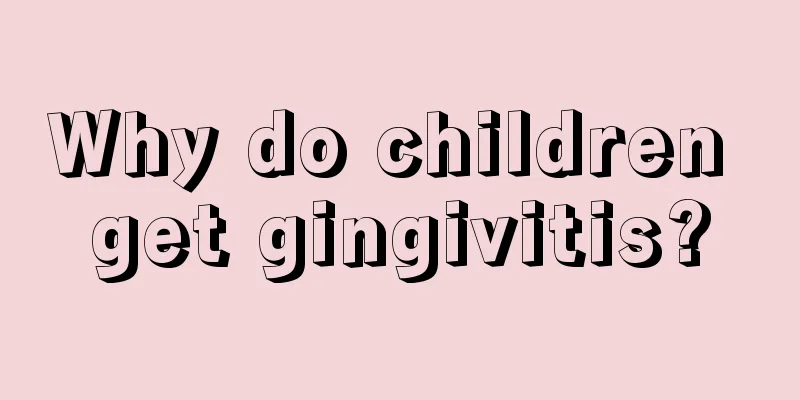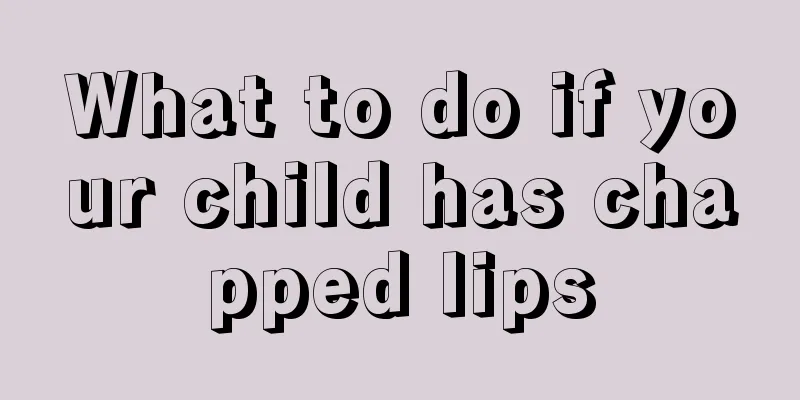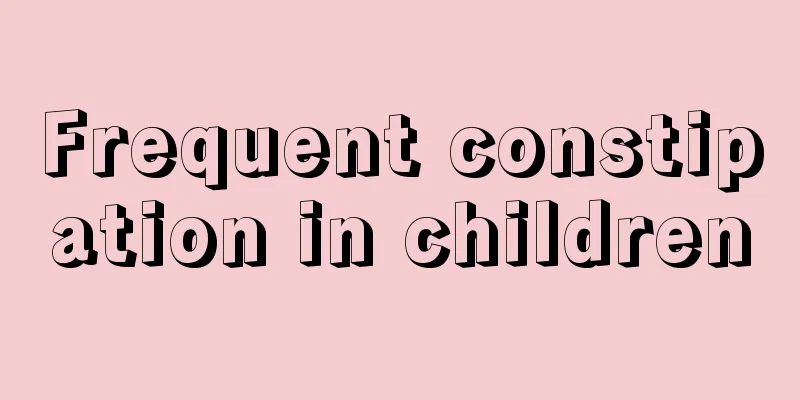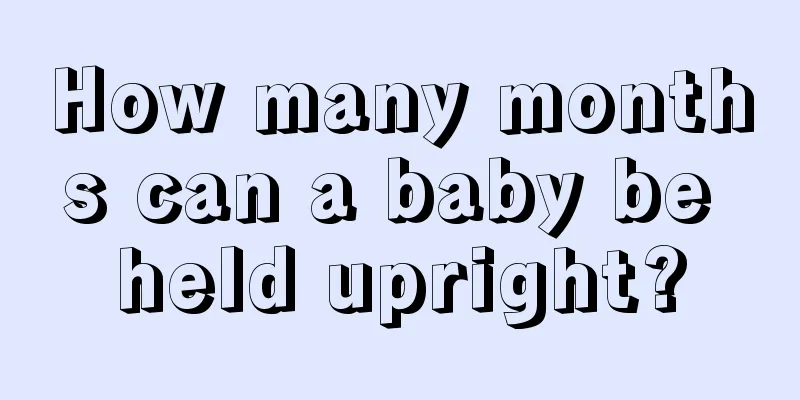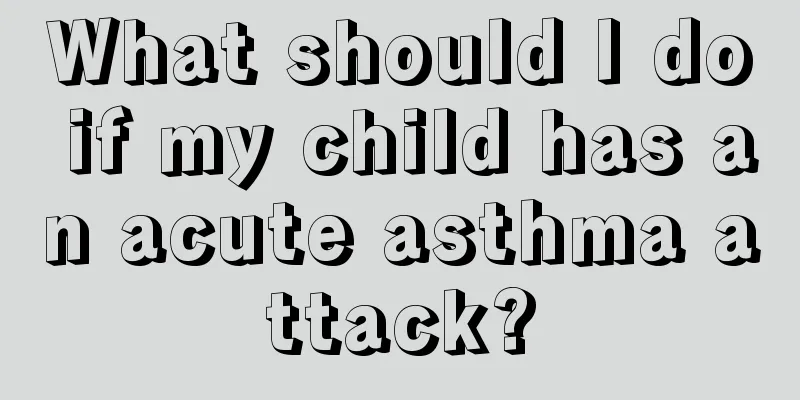How to correct the symptoms of hunchback in children
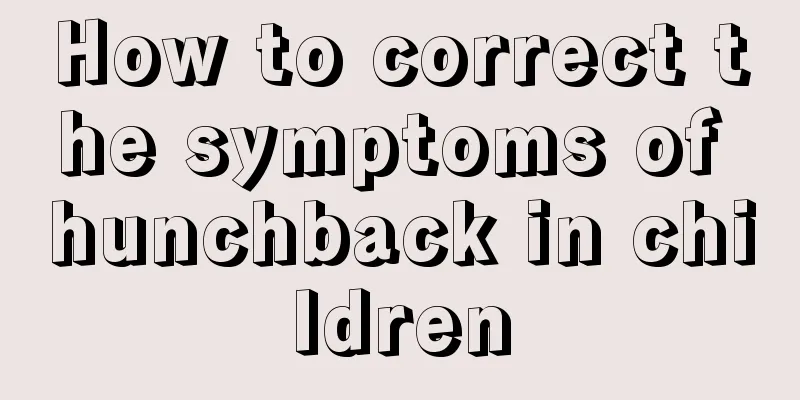
|
If we want to correct the symptom of children's hunchback in life, it is mainly achieved through the children's sitting posture and strengthening their physical exercise. Because children are in the stage of bone development, it is okay to correct the symptom of children's hunchback at this time, so we recommend that you use the correct method to correct children's hunchback. Let us now work together to correct the symptom of hunchback in children. Use orthotic shoes. Body correction shoes are also called body training shoes. This type of shoe is higher in the front and lower in the back. It is the same as the method of raising the forefoot to correct hunchback mentioned above, but this method is simpler, more lifelike and more regular, and easier to stick to for a long time. Body training shoes are basically the same as ordinary shoes in appearance and can be used as daily shoes. There are many repeat customers who make repeat purchases. 1. Pay attention to correct body posture. Whether you are standing or walking, keep your chest straight and your shoulders naturally stretched back. Sit with your spine straight. Don't lower your head too much when reading or writing, and don't lie on the table. 2. It is best for growing teenagers to sleep on a hard bed so that the spine can remain straight while sleeping. 3. Strengthen physical exercise. Take physical education classes seriously and do exercises during breaks to promote the development of muscle strength. 4. Do corrective gymnastics on the basis of comprehensive exercise. There are many types of corrective gymnastics, including various forms of freehand gymnastics and corrective gymnastics using various sports equipment. 5. Wear the Beibeijia Posture Correction Belt for two hours every day to develop good habits of raising your head, chest and back. In addition, you can try doing the correct stretch before sleeping: lie on your back with your feet shoulder-width apart, knees bent and together, hands raised above your head and laid flat, palms facing up or inward. It doesn’t matter if your arms can’t be straightened at first; the longer you hold it, the better the effect. Zhengzhiben stretching can effectively correct the posture of the neck, shoulders and back, and has significant effects on cervical spondylosis and hunchback, significantly optimizing the neck and shoulder lines and lengthening the neck. The above is an article about how to correct children’s hunchback. I believe you all know how to correct this symptom in children. If we want to correct the symptoms of hunchback in children's lives, we need to let them develop correct sitting posture, and we must pay attention to their bone stretching exercises. |
<<: How to correct the symptoms of hunchback in children
>>: How to correct the symptoms of children's hunchback
Recommend
What to do if your baby has a short sleep time during the day
There are great differences in the amount of time...
Red rash on child
Skin rashes can make people feel very scared, bec...
What's wrong with the blue veins on the child's face?
Many parents are skeptical about the blue veins o...
Why does my baby’s hair sweat while sleeping?
Sweating is a physiological manifestation and a s...
How to treat a baby's cold and cough
Babies have weak physical constitutions and are p...
Treatment for 3-year-old baby who keeps blinking
A 3-year-old baby always blinks, which makes our ...
What are the signs that a three-month-old baby will be frightened?
It is very common for babies to be frightened by ...
Baby diarrhea green foam
The baby's body should be protected. They may...
Early symptoms of tuberculosis in children
Tuberculosis in children is a relatively serious ...
How many times a day is normal for a child to poop?
Children have different bowel movements every day...
How to remove scars on baby's face
Generally speaking, every baby, especially a newb...
At what age can babies eat the whole egg yolk?
Regarding eggs, we all know that egg whites conta...
How to stop baby from sucking his fingers
When children are young, they like to suck their ...
How to deal with baby’s fever caused by bacteria?
Fever is a common disease. Fever is caused by bac...
What to do if your child has a fever and cold hands and feet
It is common for children to have fever, and ther...
